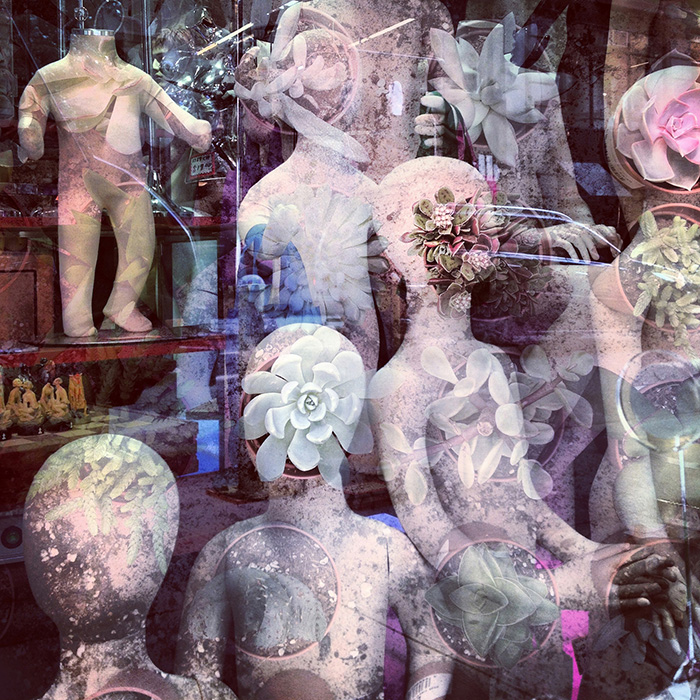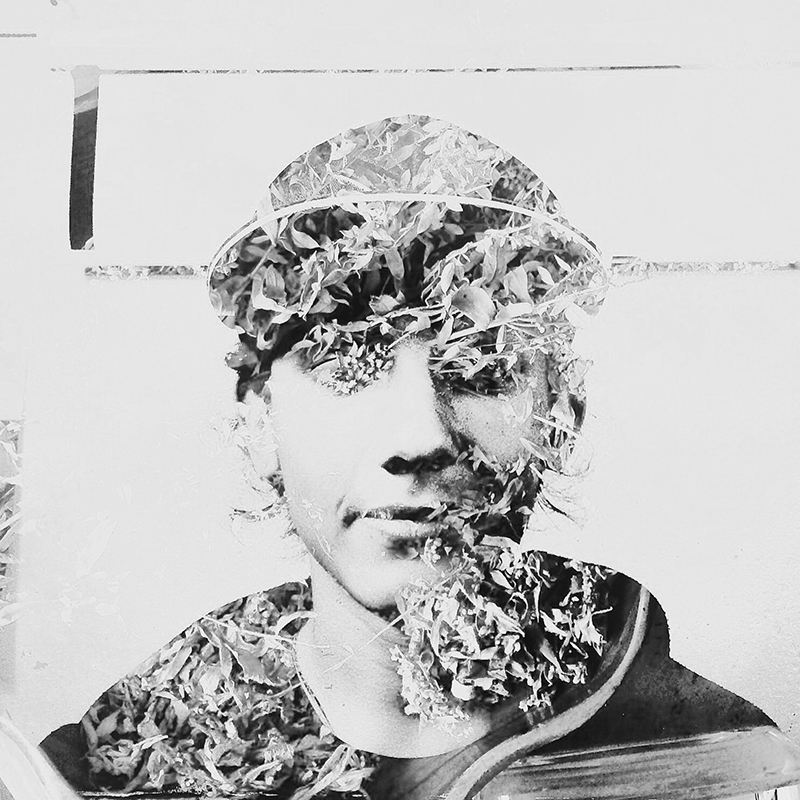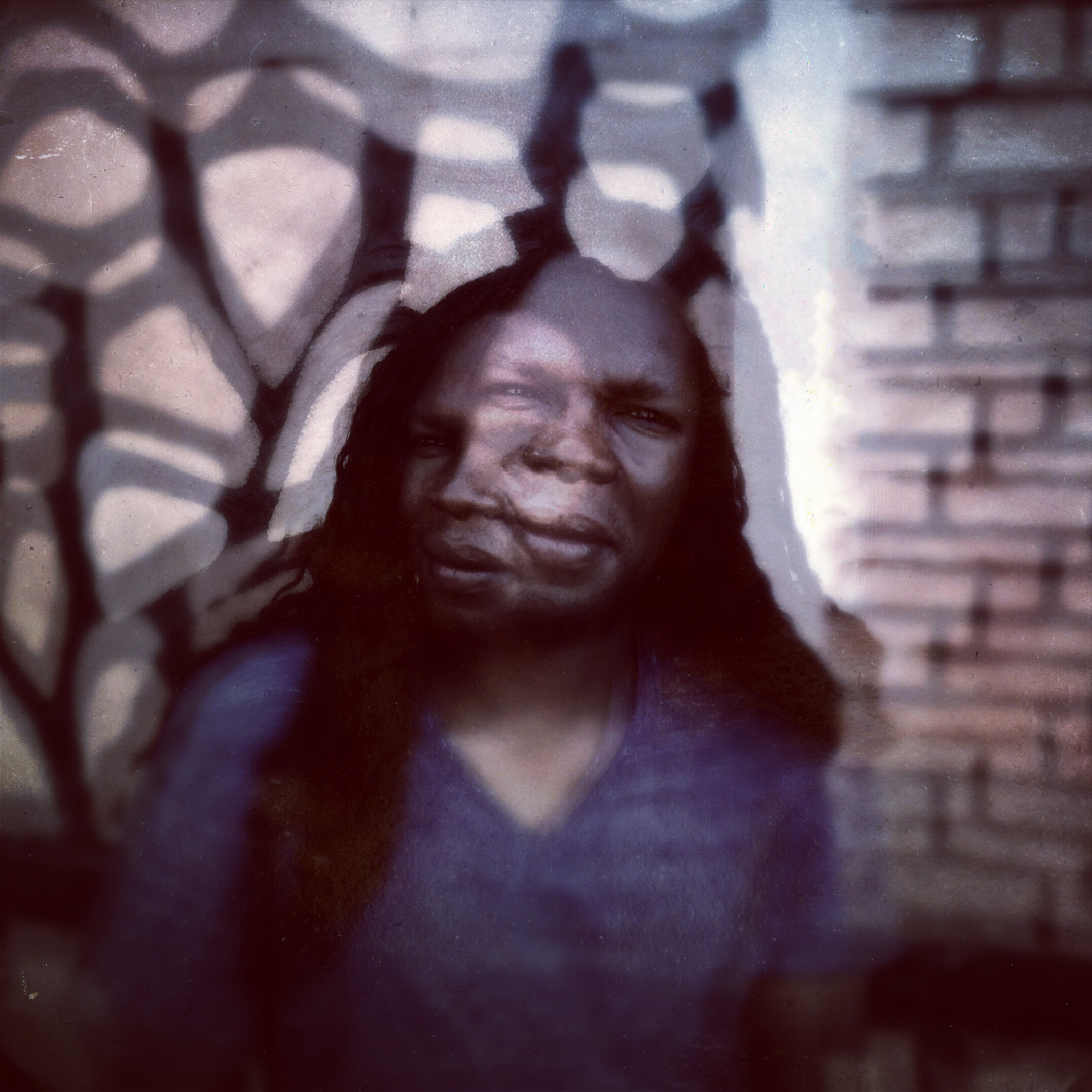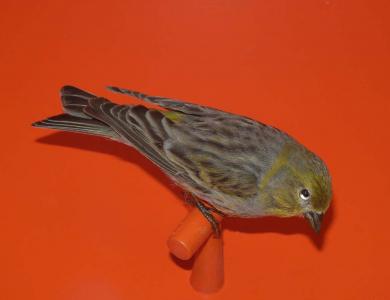
This blog is part of a series of exclusive interviews with the winners of United Photo Industries’ (UPI) pioneering Brooklyn-based public photography installation THE FENCE.
Daniella Zalcman is an award-winning photojournalist based between London and New York. Her work has been published in The Wall Street Journal, The New York Times, TIME, Sports Illustrated, and CNN, among others. She graduated from Columbia University in 2009 with a degree in architecture.
Her series ‘Sunday Soldiers’ was shown as part of THE FENCE.
Please tell us a bit about yourself - how did you get into photography?
I knew from a pretty early age that I wanted to work in journalism; I was the editor of my high school paper and just fell in love with the act of reporting. I went to Columbia for college — largely so that I could be in New York and have access to the nebulous world of media internships — joined the undergraduate newspaper immediately, and it was all downhill from there. I started out more on the writing side of things, but a friend convinced me to take a photo assignment while I was a freshman and I was hooked. In 2007, then-Iranian President Mahmoud Ahmadinejad came to speak at Columbia and media access was incredibly tight. The New York Daily News called up the Columbia Spectator office looking for a student to shoot for them, and I got the assignment. The photo was the front page of the NYDN the next day, and I started freelancing full time (skipping an awful lot of classes along the way!).
Your series Sunday Soldiers is shown as part of THE FENCE in 2015. Can you please tell us a bit more about the series? How you did you come across these passionate WWII re-enactors?
When I first moved to the UK in 2012, I knew I had a rare opportunity to re-evaluate and potentially re-structure my career. I’d just spent 5 years in New York working as a freelance photographer for the New York Daily News and The Wall Street Journal, and while I loved every minute of it I felt like I wanted to focus more on long-term storytelling. Everything I’d done up to that point had been assignment work for newspapers — so I was meeting subjects for an hour or two, maybe a day at most. I wanted to really be able to spend time getting to know the people I was documenting.
For the first few months I was in the UK I had to wait for the relevant authorities to process my visa paperwork and couldn’t legally take assignments, so it was a good chance to look around and find something to throw myself into. I was poking around online and stumbled across this community of World War II reenactors. I come from the geographical heart of the Civil War re-enactment community in America, and have always appreciated that level of commitment to history and preservation — and I found the community in the UK even more fascinating because WWII is very much still living memory here, it’s still very much a part of the collective consciousness.

The images in the series have a distinctive vintage feel to them and were shot with a period twin-lens reflex camera. Why did you decide to shoot the images with this camera and how was it to work with?
Funnily enough, my camera of choice has always been a 1950s Yashica D. It’s quiet, I can load a roll of film in about 10 seconds, and the waist-level viewfinder (meaning that I look down into the camera, as opposed to out at my subjects) combined with the old-timey look means that people tend not to react as much to being photographed, if they even realise I’m photographing them at all. This was really the first project where it’s made sense, contextually, and I’m certain that it helped the re-enactors take me more seriously because they felt like I understood them in my own way.
In several of your series, like We Are Kuchus and Signs of Your Identity, you focus on topics surrounding identity and human behaviour. Will you keep exploring these topics also in the future?
Yes, absolutely. That social documentary work is the most important part of what I do, I’d like to think. And it certainly means the most to me. In a broader sense I’m always interested in groups that exist on the fringes of their societies and what the forces behind that might be. With my work in both Uganda and Canada there is an undeniable legacy of British colonialism, which is another topic that fascinates me.
You divide your time between NY and London. Do you feel the two cities inspire you differently in your work, if so – how?
Completely. It’s funny — on the surface they’re such similar places, but I’ve had a fun time dissecting the ways in which I find them to be starkly opposed. My first personal project — I sort of detest that label, because I think all my work is personal, but I’ll say the first project I ever worked on that wasn’t documentary and really was just for me — I shot when I first moved to London, making double exposures combining one image of New York and one image of London (creatively, called New York + London). Maybe because I have a degree in architecture, that’s the first thing that I really noticed once I moved. New York’s urban planning ethos very much feels like it revolves around building up and breaking down the skyline at a breakneck pace. Every time I come back, there’s a new skyscraper somewhere. London, and the UK in general, is very concerned with preservation — to the degree that you can go around construction sites in Central London and see all these old facades propped up by scaffolding while the entire building interior is gutted and rebuilt. It’s a beautiful contrast.

What has been your most exciting project to date and why?
Oh geez, I don’t have a clue how to answer that! All of my projects end up becoming deeply personal to me for different reasons, and are all exciting to me because of that. I’ve worked the longest on documenting the criminalisation of sexual minorities in Uganda, and that project is very important to me. Maybe the most exciting is Echosight — a collaborative mobile photography project I started with Danny Ghitis in 2013. Each week, two or more guest photographers, usually based in different cities, work together to produce multiple exposure images. It’s been amazing to watch it grow into this network of photojournalists who have been able to experiment with something very different from how they normally engage with their craft.
Which photographers have influenced/ inspired you?
I got my start as a tabloid photographer in New York, so early on was heavily influenced by Weegee, Jill Freedman, Helen Levitt, Gary Winogrand — all the classic NYC street photographers. As I transitioned to slower work with more of a social documentary focus, the photographers who inspired me changed somewhat — Mary Ellen Mark, Eugene Richards, and the like. Most of all, though, I’m inspired by young friends and colleagues who are doing amazing work now — people like Tanya Habjouqa, Kirsten Luce, Ed Ou, Zanele Muholi, Diana Markosian. There’s so much good work being done right now, and so many people to look up to.
What are you working on at the moment?
I’m juggling a few too many projects at the moment, because I have this bad habit of picking up stories and then never being able to put them down, but I’m still working on both We Are Kuchus and Signs of Your Identity (I think when this runs I’ll be back in Canada). I’m also working on an offshoot of the We Are Kuchus project — now looking at what happened to all the LGBTI Ugandans who fled while the Anti-Homosexuality Act was in effect, particularly in the context of how the asylum process works for LGBTI people. And I’m also working on a multi-part project investigating different models of off-grid sustainable living. I’m all over the place, really.
dan.iella.net


